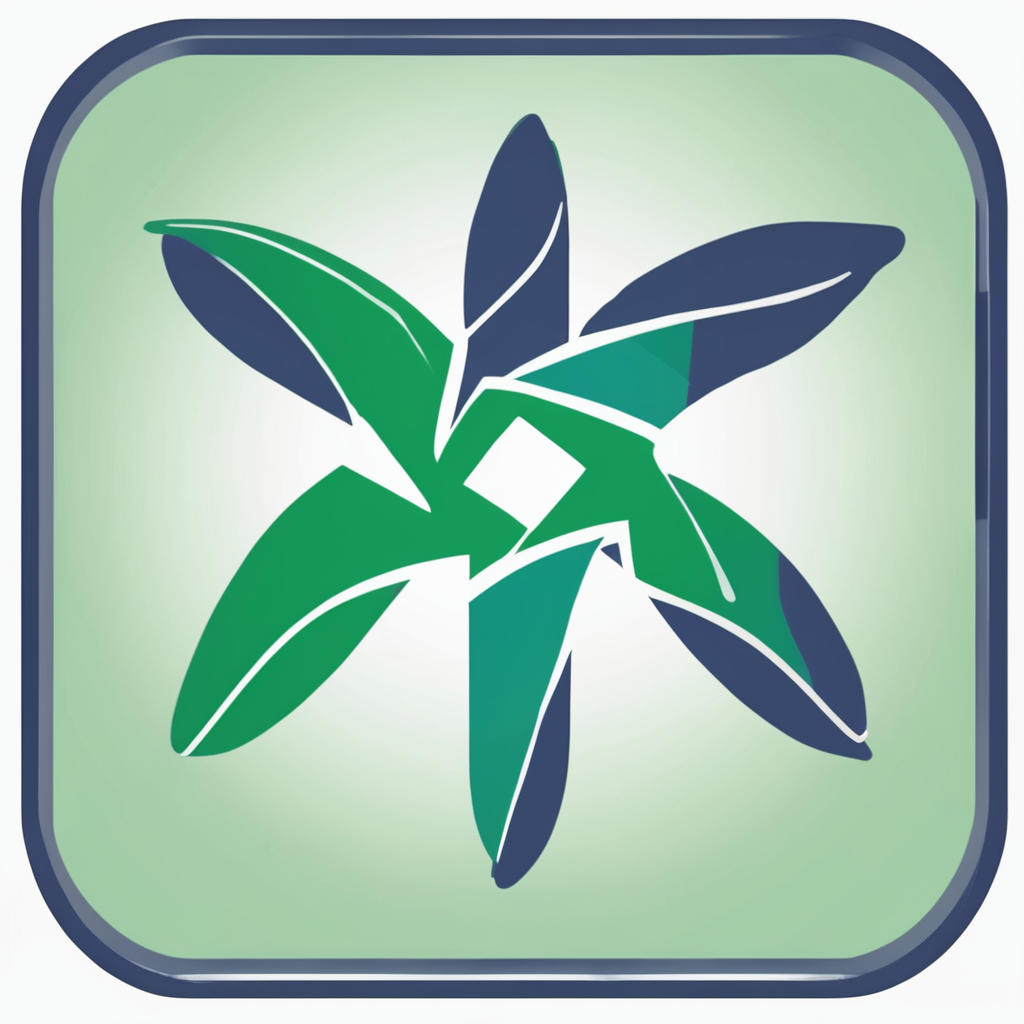Effective Rehabilitation Techniques
For many stroke survivors, rehabilitation techniques are crucial to regaining independence and improving quality of life. Importantly, individualized therapy programs, tailored to the needs of each patient, are fundamental to effective recovery. These programs consider the specific deficits and strengths of individuals, allowing for targeted interventions that address unique challenges.
Evidence-based rehabilitation strategies typically encompass both physical and occupational therapy. Physical therapy focuses on restoring movement and functional ability, emphasizing exercises that enhance coordination and strength. Meanwhile, occupational therapy assists patients in relearning daily activities, helping them to adapt their environments and making use of assistive tools where necessary.
Also to discover : Transforming pain into peace: harnessing hypnotherapy techniques for effective chronic pain relief
The significance of these therapies cannot be overstated, as they form the backbone of recovery efforts, enabling stroke survivors to achieve increased independence. Adapting interventions to the unique needs of each patient enhances their effectiveness, making recovery not only possible but also sustainable in the long term.
By embracing a holistic approach to rehabilitation, integrating personalized strategies, and utilizing the expertise of healthcare professionals, stroke survivors are better positioned to regain control over their lives. These methods pinpoint precise goals, leading to impactful recovery and an optimistic outlook for those affected.
Also read : Unlocking renewal: the life-changing benefits of equine therapy for children with behavioral challenges
Effective Rehabilitation Techniques
Understanding the diverse spectrum of stroke recovery methods is essential for implementing rehabilitation techniques that cater to individual needs. Effective rehabilitation goes beyond generalized strategies, emphasizing the importance of personalized programs to enhance outcomes for stroke survivors. Here’s a detailed exploration of these approaches:
Evidence-Based Strategies
Evidence-based rehabilitation strategies are central to supporting stroke recovery. These strategies combine thorough assessments with interventions scientifically proven to yield positive outcomes. This ensures that each patient’s therapy is aligned with best practices, leading to advancements in health and function.
Customized Therapy Plans
Creating individualized therapy programs is crucial for addressing the unique challenges faced by each patient. Customization involves evaluating personal strengths and weaknesses, enabling therapists to focus on precise objectives. This bespoke approach not only optimizes recovery but also facilitates the adaptability of therapy sessions for improved engagement and satisfaction.
The Role of Therapy in Stroke Recovery
Both physical and occupational therapy play pivotal roles in regaining independence. Physical therapy concentrates on regaining motor skills, involving exercises that boost muscle coordination and strength. On the other hand, occupational therapy aids in the reacquisition of daily living skills, adapting environments and teaching new ways to perform tasks effectively. By integrating these elements, patients are empowered in their rehabilitation journey.
Exercises and Therapies for Left Hemiplegia
Exercises for hemiplegia often focus on rebuilding muscle strength and coordination, essential for those impacted by left side weakness. Key exercises include range-of-motion movements and resisted exercises, which enhance flexibility and power. These activities are vital for improving daily function and are often integrated into therapy routines to target specific deficits.
Therapeutic approaches also incorporate the use of adaptive equipment, which aids in performing exercises safely and effectively. Devices such as walkers, hand splints, or positioning aids support limb alignment and stability, crucial for practising movements without causing strain or injury.
Furthermore, the benefits of aquatic therapy are widely acknowledged. Water-based exercises offer a low-impact environment conducive to improving mobility and balance. The buoyancy of water reduces strain on joints and allows for freer movement, essential for those with limited mobility.
Incorporating these strategies empowers individuals to maximise their rehabilitation and regain independence. By engaging in these targeted exercises and utilising specialist equipment, stroke survivors can experience significant improvements. This holistic approach supports recovery, enabling patients to rebuild strength and adaptively manage their condition.
Case Studies and Testimonials
Personal stories of stroke recovery success stories offer deep insights into the effectiveness of rehabilitation techniques. These narratives often highlight the resilience and perseverance of both patients and their support networks. Through their patient experiences, we gain valuable lessons about the impact of tailored rehabilitation programs.
A prime example of success is Emma, a stroke survivor, who shares her journey towards emotional and physical recovery. Initially overwhelmed by her diagnosis, Emma was uncertain about regaining her independence. Enrolling in a customized therapy program allowed her to steadily improve. Her story underscores the power of motivation and the role of targeted interventions in achieving significant progress.
Another notable testimonial comes from James, whose patient experience highlights the effectiveness of innovative therapeutic approaches. James attests to the efficiency of interactive and engaging therapy sessions tailored to his specific condition, which greatly enhanced his recovery process.
These stroke recovery success stories emphasize that recovery is not a solitary endeavor. It’s a collaborative effort involving patients, caregivers, and healthcare providers. Through shared patient experiences and lessons learned, the stroke rehabilitation community continues to innovate and create pathways for improved recovery outcomes.
Expert Opinions on Stroke Rehabilitation
Delving into expert insights reveals the profound impact that specialized knowledge has on enhancing rehabilitation strategies. Interviews with rehabilitation specialists emphasize the significance of personalized therapy approaches, aligning with evidence-based practices. These experts highlight the necessity of addressing individual needs, which enhances recovery for each stroke survivor.
Emerging trends in stroke rehabilitation are gaining attention, notably the integration of technology and innovative solutions. Specialists are incorporating virtual reality and robotics to offer more interactive and effective rehabilitation sessions. These advancements create engaging environments that motivate patients and accelerate progress.
Ongoing research plays a vital role in the evolution of treatment methods. Therapists stress the importance of continued studies to validate and refine new techniques. This ensures that practices remain aligned with the latest scientific findings, benefiting both practitioners and patients.
Rehabilitation strategies, underpinned by expert insights, demonstrate the importance of dedicated and informed care. As specialists continue to explore novel avenues for recovery, stroke survivors are given new hope. Collaborative efforts between clinicians and researchers pave the way for breakthroughs, facilitating improved outcomes for many individuals navigating recovery.


